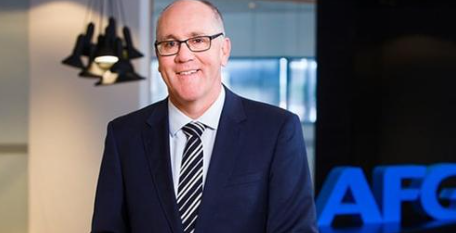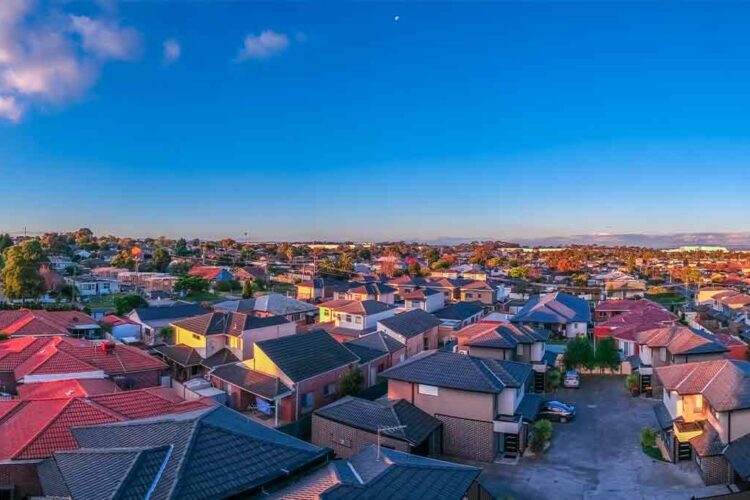The value of refinancing once again soared to new heights amid strong competition in the mortgage market.
The latest Lending Indicators data released by the Australian Bureau of Statistics (ABS) revealed that the value of external refinancing for total housing rose 5.4 per cent in July 2023 in seasonally adjusted terms.
This marked yet another record high for refinancing, reaching a value of $21.5 billion, up 21.8 per cent when compared to a year ago. Prior to the pandemic, the value of refinancing sat below $10 billion.
Owner-occupier housing rose 4.9 per cent to a new record high of $14.6 billion, up 19.2 per cent on last year, while investor housing rose 6.5 per cent to $7 billion, 27.4 per cent higher than the same period in 2022.
According to the ABS, this rise may be partly driven by a portion of refinancing applications lodged prior to lenders scrapping attractive cashback offers on 30 June, as anecdotal feedback suggests.
Commonwealth Bank of Australia (CBA) economist Harry Ottley said external refinancing values remain extremely high as borrowers “hunt for better deals”.
“The level of refinancing surged as a result of intense competition in the mortgage market in the face of initially extremely low rates and then rapidly increasing rates,” Mr Ottley said.
“The fixed rate roll-off is also now in full swing and would also be encouraging refinancing with borrowers hoping to move to a lower rate than what their current lender is offering.”
ANZ senior economist Adelaide Timbrell said this strong refinancing activity has lowered the pass-through of interest rate hikes through the tightening cycle.
“The total value of external refinancing rose to 88 per cent of the value of new housing loans,” Ms Timbrell added.
New loan commitments drop
While refinancing activity continues its boom, the ABS further revealed a drop in the value of new loan commitments.
The value of new loan commitments for total housing, excluding refinancing, fell 1.2 per cent in July 2023 (seasonally adjusted) to $24.2 billion, following a fall of 1.6 per cent in June, leaving it 14.1 per cent lower than the same period last year.
The value of new loan commitments for owner-occupier housing fell 1.9 per cent to $15.6 billion, 17.5 per cent lower than the previous corresponding period, while investor housing fell 0.1 per cent to $8.6 billion, 7.2 per cent below last year’s levels.
Construction falls to 15-year lows
Housing Industry Association (HIA) senior economist Tom Devitt noted the number of loans issued for the purchase or construction of new homes fell by 9.7 per cent in July 2023, down to its lowest level in 15 years.
According to Mr Devitt, this was the weakest monthly performance since the GFC, leaving the three months to July 31.7 per cent lower than the same quarter in 2022.
“The previous year of interest rate increases from the RBA has compounded the surge in construction costs during the pandemic, drying up the pipeline of new homes awaiting construction around Australia,” Mr Devitt said.
“This has all but guaranteed a decade low trough in detached house commencements for the coming year.”
Prior to this, Mr Devitt warned of the “wide-ranging” implications for the housing market and the economy at large as the ABS revealed that dwelling approvals fell among a backdrop of Australia’s housing supply crisis.
The latest Building Approvals data released by the Australian Bureau of Statistics (ABS) has revealed the total number of dwellings approved fell 8.1 per cent in July in seasonally adjusted terms after a 7.9 per cent (revised up from 7.7 per cent) decrease in June.


